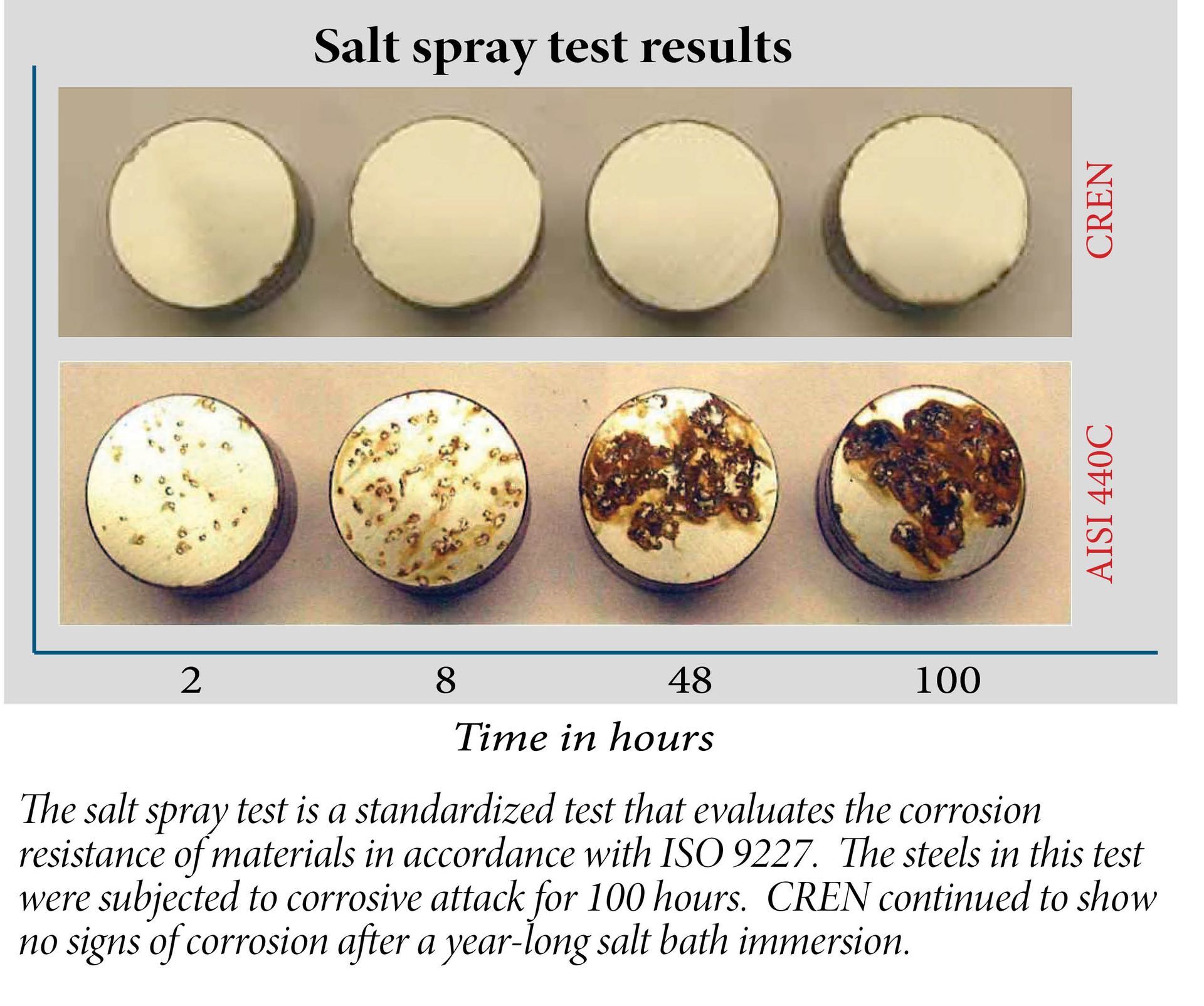The 9-Second Trick For Volution Bearing
The 9-Second Trick For Volution Bearing
Blog Article
Volution Bearing - Questions
Table of ContentsVolution Bearing Fundamentals ExplainedThe smart Trick of Volution Bearing That Nobody is Discussing4 Easy Facts About Volution Bearing DescribedSee This Report on Volution Bearing
An axial (or drive) bearing load is when pressure is alongside the axis of the shaft. A radial bearing load is when pressure is perpendicular to the shaft. A combination bearing lots is when parallel and perpendicular pressures create an angular pressure family member to the shaft. Ball bearings are made with spherical rounds and can disperse tons over a medium-sized surface area.Below is a fast recommendation for the type of bearing tons and the very best sphere bearing for the job: Radial (perpendicular to the shaft) and light lots: Select radial round bearings (likewise referred to as deep groove round bearings). Radial bearings are several of one of the most common types of bearings on the marketplace.
Roller bearings are made with cylindrical rollers that can distribute tons over a bigger surface area than round bearings. Below is a quick referral for the type of bearing tons and the ideal roller bearing for the task: Radial (vertical to the shaft) loads: Choose standard cylindrical roller bearings Axial (thrust) (parallel to the shaft) loads: Select cylindrical thrust bearings Combined, both radial and axial, loads: Pick a taper roller bearing The rotational rate of your application is the next element to look at when choosing a bearing.
They do better at higher rates and offer a higher speed array than roller bearings. One reason is that the contact between the rolling aspect and the raceways in a round bearing is a point as opposed to a line of call, like in roller bearings. Because rolling aspects press right into the raceway as they surrender the surface area, there is much less surface area deformation occurring in the factor loads from sphere bearings.
Volution Bearing Fundamentals Explained

If this occurs, a simple and common solution is to change the sphere bearing product from steel to ceramic. This keeps the bearing size the same but offers about a 25% greater rate score. Because ceramic product is lighter than steel, ceramic rounds produce much less centrifugal pressure for any type of provided speed.
One factor is that the balls are smaller sized and smaller sized spheres evaluate much less and generate less centrifugal force when turning. Angular call bearings likewise have a built-in preload on the bearings which collaborates with centrifugal pressures to effectively roll the spheres in the bearing. If you are creating a high-speed application, after that you'll want a high-precision bearing, normally within the ABEC 7 accuracy class.
Our Volution Bearing Statements
When the bearing is being utilized at high rates, the rounds rapidly roll over the bearing raceway with less reliability which can lead to a bearing failing. High precision bearings. volution bearing are made with strict criteria and have very little inconsistency from the specs when created. High precision bearings are trusted for applications that go quick due to the fact that they ensure good ball and raceway communication.
Some applications, like reducing tool spindles, will only enable a small inconsistency to take place on its turning elements. If you are crafting more info here an application similar to this, after that choose a high accuracy bearing since it will certainly generate smaller system runouts because of the tight resistances the bearing was manufactured to. Bearing rigidity is the resistance to the pressure that creates the shaft to differ its axis and plays an essential function in minimizing shaft runout.

When the angular call bearings are mounted, the countered is gotten rid of which causes the balls to push into the raceway without any kind of outdoors application force. This is called preloading and the process boosts bearing strength even prior to the bearing sees any type of application forces. Recognizing your bearing lubrication requirements is vital for picking the appropriate bearings and needs to be thought about early in an application style.
The Main Principles Of Volution Bearing
Lubrication develops a movie of oil in between the rolling component and the bearing raceway that aids protect against rubbing and getting too hot. One of the most usual kind of lubrication is oil, which includes an oil with a thickening agent. The thickening agent maintains the oil in position, so it will not leave the bearing.
This is called the application or bearing n * dm worth. Before you pick an oil, you need to locate your applications ndm value.
Contrast your ndm value to the oil's max speed worth, located on the datasheet. If your n * dm worth is greater than the oil max speed worth on the datasheet, then the grease will not be able to give enough lubrication and early failing will certainly occur. An additional lubrication choice for high-speed applications are oil mist systems which blend oil with compressed air and after that infuse it into the bearing raceway at metered periods.
Report this page